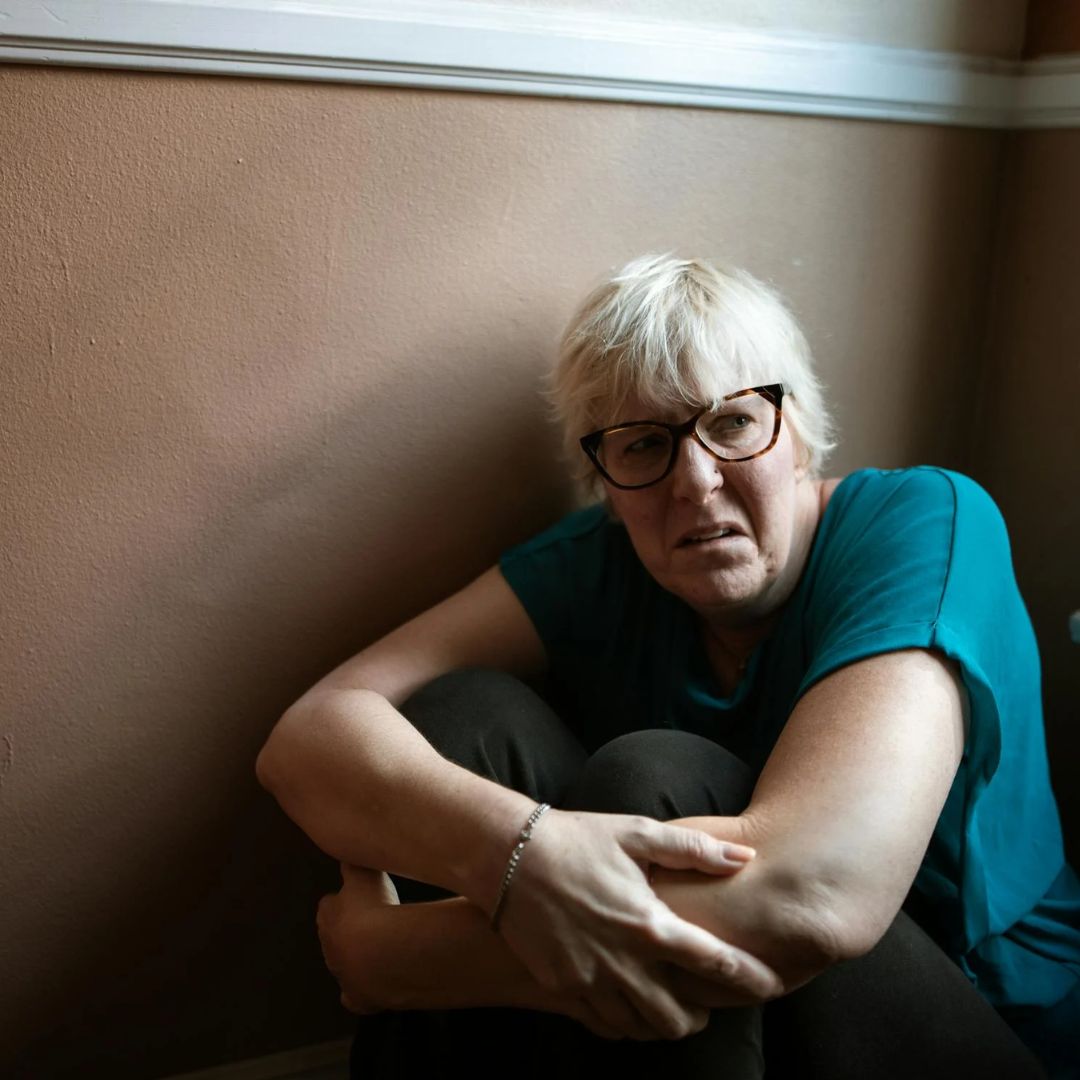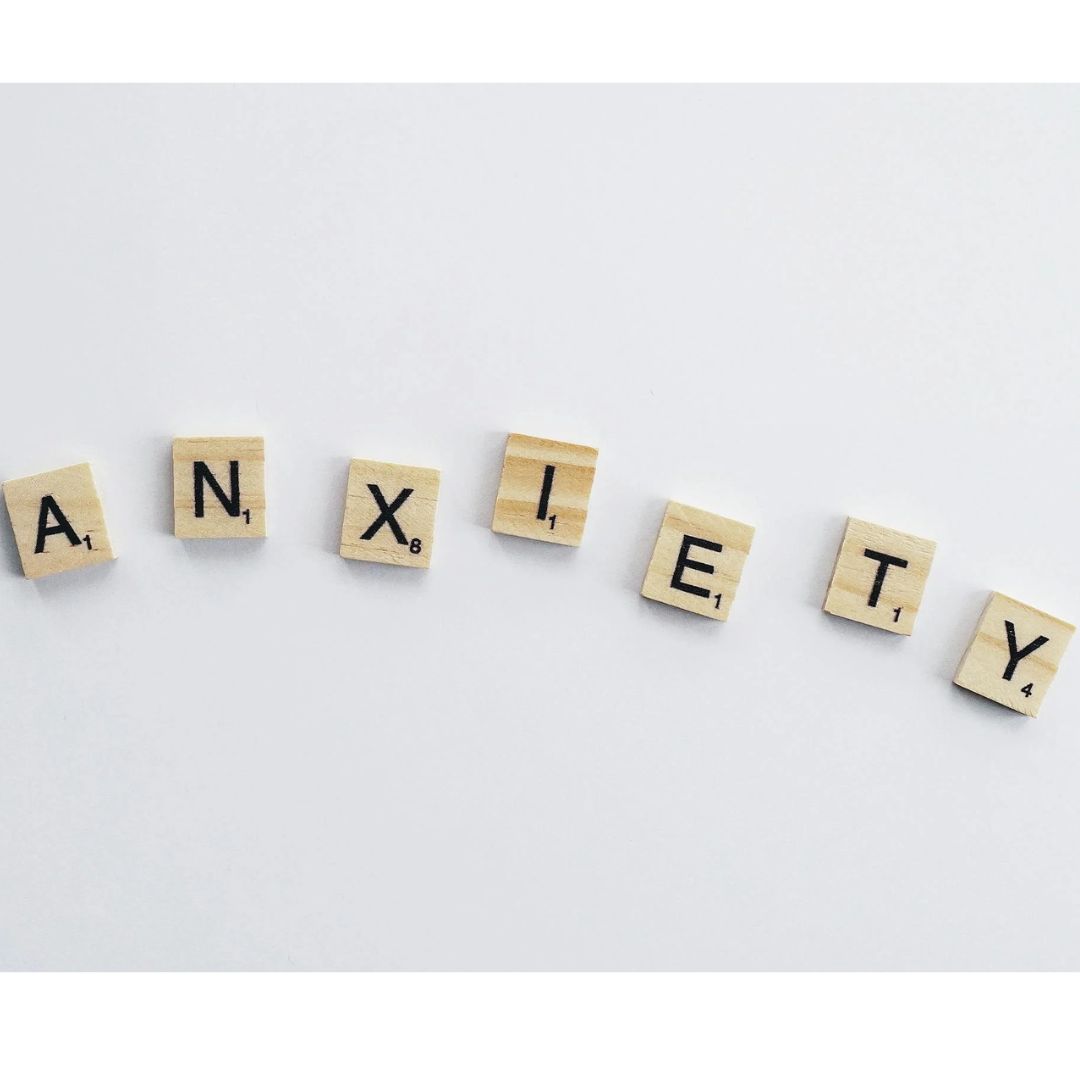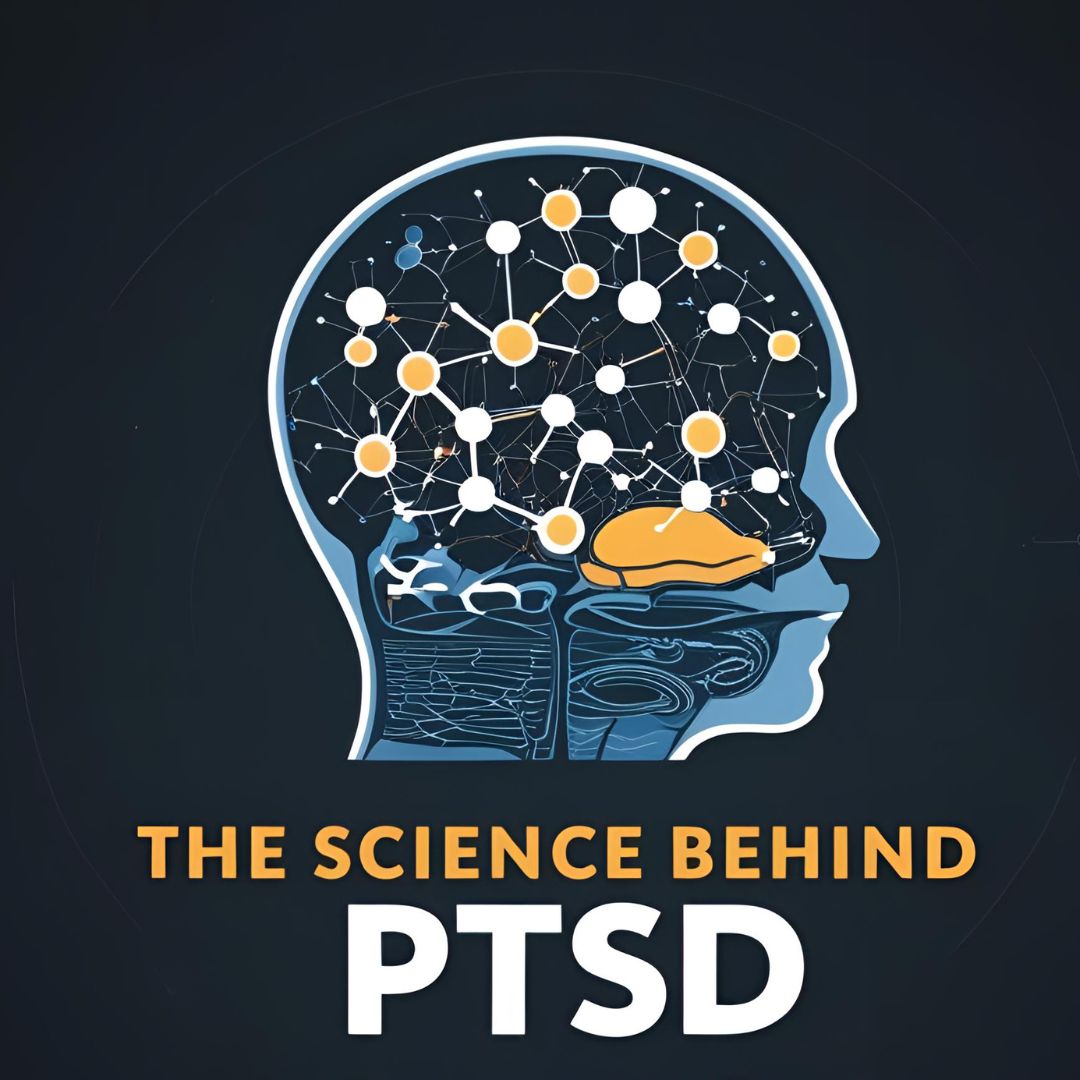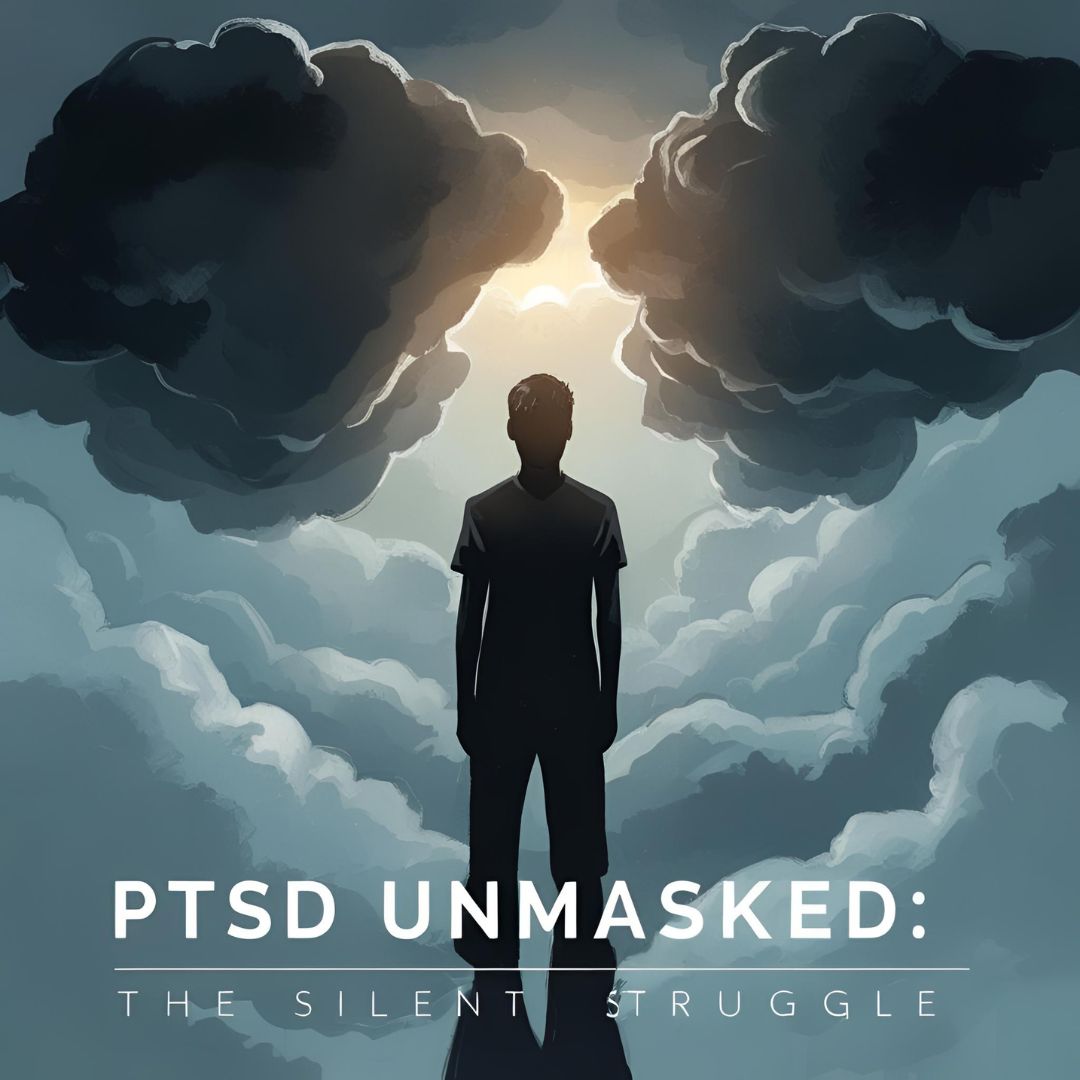LifeHetu
30 Mar 25 10:30 am
PTSD vs. Anxiety - Understanding the Subtle Differences
Explore the key differences between PTSD and anxiety, two often misunderstood mental health conditions. Understand how with the help of virtual therapy and online counseling services you can reclaim your emotional health today.

Introduction
Imagine standing at a crowded market, overwhelmed by the noise and movement. Your chest tightens, and your mind spirals into panic. Is it anxiety? Or perhaps it’s a flashback from a traumatic experience? While both anxiety and Post-Traumatic Stress Disorder (PTSD) share overlapping symptoms, they are distinct mental health conditions that require different treatment approaches. PTSD is no longer considered an anxiety-related disorder in the Diagnostic and Statistical Manual of Mental Disorders, Fifth Edition classification and instead is associated with trauma/stressor-related disorders.
In India, where conversations about mental health are gradually opening up, understanding these differences is crucial. This blog will explore PTSD and anxiety in detail, and discuss how platforms like LifeHetu can connect you with the best psychologists for your unique needs.
What Is Anxiety?
Anxiety is a natural response to stress or perceived danger. It’s characterized by feelings of worry, fear, or unease. While occasional anxiety is a normal part of life, like the nervousness before a job interview or an exam. Chronic anxiety can interfere with daily living, but with the help of compassionate psychologists, you can manage your anxiety better.
Common Symptoms of Anxiety:
- Persistent worry or fear.
- Restlessness or feeling “on edge.”
- Rapid heartbeat or shortness of breath.
- Difficulty concentrating.
- Avoidance of specific situations or places.
What Is PTSD?
PTSD develops after experiencing or witnessing a traumatic event, such as a natural disaster, accident, assault, or abuse. Post-traumatic stress disorder, or PTSD, is defined as a psychiatric disorder that can result from the experience or witnessing of traumatic or life-threatening events such as terrorist attacks, violent crime, and abuse, military combat, natural disasters, serious accidents, or violent personal assaults. Unlike anxiety, PTSD is rooted in a specific traumatic experience.
Common Symptoms of PTSD:
- Re-experiencing the trauma through flashbacks or nightmares.
- Avoidance of reminders of the trauma.
- Hypervigilance or an exaggerated startle response.
- Emotional numbness or detachment.

A Closer Look at the Differences
While anxiety and PTSD may seem similar, their causes, symptoms, and treatment approaches differ significantly.
1. Cause
- Anxiety: Often triggered by stress, genetics, or environmental factors.
- PTSD: Directly linked to a specific traumatic event.
2. Symptoms
- Anxiety: Centers on future-oriented fears (e.g., “What if this happens?”).
- PTSD: Involves reliving a past trauma through intrusive memories, flashbacks, or nightmares.
3. Emotional Response
- Anxiety: Heightened fear or worry.
- PTSD: Can include fear but often involves emotional numbness, guilt, or shame.
Let us help you understand with a story!
Ananya, a 30-year-old teacher from Delhi, often felt anxious about public speaking. Over time, her anxiety became chronic, leading her to avoid social gatherings and professional events. However, after a car accident, she began experiencing vivid nightmares and avoided driving altogether. What started as generalized anxiety now included symptoms of PTSD.
Ananya later found a psychologist who helped her distinguish between her anxiety and PTSD symptoms. Through therapy, she worked on overcoming her fears and reclaiming her life.
Why Does the Difference Matter?
Understanding whether someone is experiencing anxiety or PTSD is crucial for effective treatment. Treating generalized anxiety with methods designed for PTSD or vice versa may not address the root cause of the problem.
Cultural Context: PTSD and Anxiety in India
In India, anxiety is often dismissed as “overthinking,” while PTSD remains largely misunderstood. For instance, a survivor of a natural disaster might be labeled as “weak” for struggling with flashbacks, rather than receiving the support they need.
At LifeHetu, we aim to change this narrative by providing access to expert psychologists who understand the nuances of mental health in an Indian context. Whether it’s managing anxiety or addressing PTSD, our professionals tailor their approach to suit individual needs.
Treatment Approaches
For Anxiety
- Cognitive-behavioral therapy (CBT)
Helps individuals identify and challenge negative thought patterns.
- Relaxation Techniques
Practices like yoga, meditation, and pranayama can calm the mind and body.
- Lifestyle Changes
Regular exercise, a balanced diet, and sufficient sleep can significantly reduce anxiety levels.
- Medication
In some cases, anti-anxiety medications may be prescribed.
For PTSD
- Trauma-Focused Therapy
Therapies like EMDR (Eye Movement Desensitization and Reprocessing) help process and reduce the impact of traumatic memories.
- Exposure Therapy
Gradually helps individuals confront and desensitize themselves to trauma-related triggers.
- Group Therapy
Sharing experiences with others who understand can provide immense relief.
- Medication
Antidepressants or anti-anxiety medications may be recommended as part of the treatment plan.
How Can LifeHetu Help?
With its team of trauma care skilled psychologists, LifeHetu offers these therapies and more, ensuring personalized care for every individual. Mental health stigma in India often prevents individuals from seeking help. Statements like “Just stay positive” or “It’s all in your head” dismiss the very real struggles of those dealing with anxiety or PTSD.
At LifeHetu, we believe in creating a judgment-free space where individuals can openly discuss their concerns and receive the support they deserve.
Practical Tips for Managing Symptoms
For Anxiety:
- Practice mindfulness to stay grounded in the present.
- Limit caffeine and sugar intake to reduce physical symptoms of anxiety.
- Build a support system of friends, family, or support groups.
For PTSD:
- Keep a journal to process thoughts and emotions.
- Use grounding techniques during flashbacks (e.g., focus on physical sensations like holding an ice cube).
- Seek professional help if symptoms persist.
Remember, healing is a process that takes time and effort.
Final Thoughts
While anxiety and PTSD share some similarities, they are distinct conditions requiring tailored approaches. Recognizing the differences is the first step toward effective treatment and recovery.
At LifeHetu, we specialize in providing compassionate, evidence-based care for mental health challenges. Whether you’re struggling with anxiety, PTSD, or both, our expert psychologists are here to guide you every step of the way.
Sources
Williamson JB, Jaffee MS, Jorge RE. Posttraumatic Stress Disorder and Anxiety-Related Conditions. Continuum (Minneap Minn). 2021 Dec 1;27(6):1738-1763. doi: 10.1212/CON.0000000000001054. PMID: 34881734.
Iribarren J, Prolo P, Neagos N, Chiappelli F. Post-traumatic stress disorder: evidence-based research for the third millennium. Evid Based Complement Alternat Med. 2005 Dec;2(4):503-12. doi: 10.1093/ecam/neh127. PMID: 16322808; PMCID: PMC1297500.
Related Reads. Similar Blogs to Check Out.


